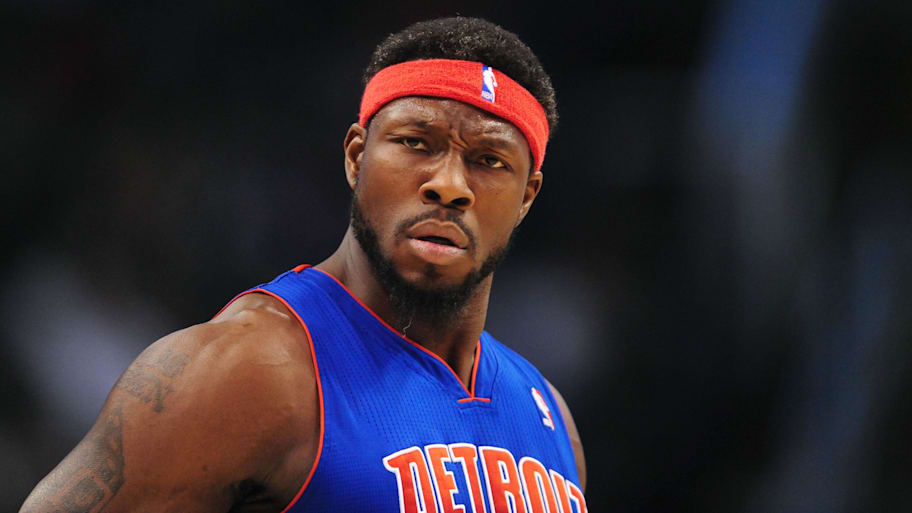There's a reason why perusing a box score paints a limited picture of a game. There have been countless examples in NBA history where a player's impact on the game isn't measured on the stat sheet.
Let's say a player takes on the opposing team's best player and holds them to 30% shooting, constantly disrupting the team's offense and generally wreaking havoc. But in the course of his defensive brilliance, he finishes with just one steal and four rebounds.
Someone watching the game live will understand the impact they had on the game. Someone looking at the box score the next day will have no idea what really happened on the court.
Enter Defensive Rating—a statistical attempt to drag a player's defensive impact into the light. Introduced by Dean Oliver (a pioneer in basketball analytics) in the early 2000s, Defensive Rating gives players a number to determine their defensive performance.
Specifically, how many points an opponent scores per 100 possessions when a given player in on the court.
It isn't flashy and it certainly isn't perfect, but for the better part of the last 25 years it's served as one of the more consistent windows into who is truly influencing games when the ball isn't in their hands.
But like all statistics, Defensive Rating requires context. It’s as much about the five-man unit as it is an individual player. A player’s DRtg can be elevated by teammates who rotate well or schemes that funnel drives into shot blockers. A great defender on a porous team might post worse numbers than a passable one on an elite unit.
In a league increasingly tilted toward offense, where spacing, pace, and shooting efficiency dominate the discourse, defense has become harder than ever to define. Gone are the days when hand-checks and physicality defined elite stoppers. Today’s best defenders float between positions, defend actions more than players and anchor systems designed to chase the perfect shot off the floor.
What Is NBA Defensive Rating?
Put simply, Defensive Rating is a statistic that attempts to quantify the number of points a player allows per 1000 possessions while they are on the floor.
The formula for calculating the statistic is as follows:
Defensive Player Rating = (Players Steals*Blocks) + Opponents Differential= 1/5 of possessions - Times blown by + Deflections * OAPDW( Official Adjusted Players Defensive Withstand)
The lower the number, the better. Historically, anything around 95 is considered to be elite. In today's fast-paced, 3-point centric game, anything between 100 and 105 is usually league best.
Players With the Best Defensive Ratings of All Time (Single Season)
Since the statistic started being tracked in 2000, seven different players have led the NBA in Defensive Rating multiple teams.
Tim Duncan leads the way with four, with Ben Wallace and Dwight Howard having three apiece. Andre Drummond, Kevin Garnett, Rudy Gobert and Hassan Whiteside each have two.
Teams With the Best Defensive Ratings in NBA History
When it comes to dominant team defenses, the 1970s dominated. Four of the top five Defensive Rating teams in history came in the 1970s, with three all happening in the 1973-74 season.
Something of note here is that while these five teams were some of the best defensive units in the history of the NBA, none of them were able to win the NBA Finals.
Washington Bullets, 1974-75: 91.3 Defensive Rating
The Bullets were led by Elvin Hayes (23 points per game) and Phil Chenier (21.8) offensively, but it was team defense that carried them to 60 wins. Four different players averaged 1.6+ steals per game. The Bullets made the NBA Finals, but were swept by the Warriors.
Chicago Bulls, 1973-74: 93.6 Defensive Rating
This Chicago team had just one 20 points per game scorer (Bob Love, with 21.8), but it was an elite defensive unit. Jerry Sloan and Norm Van Lier each made the All-Defense First Team and Love made the Second Team. The Bulls lost to the Bucks in the conference finals.
Milwaukee Bucks, 1973-74: 93.6 Defensive Rating
Kareem Abdul-Jabbar won the MVP award, averaging 27 points, 14.5 rebounds, 4.8 assists, 3.5 blocks and 1.4 steals per game. His effort led the team to 59 wins and an appearance in the NBA Finals, but the Bucks fell to the Celtics.
Detroit Pistons, 1973-74: 93.8 Defensive Rating
The third team to make the list from the 1973-74 season, the Pistons won 52 games behind three players averaging 1.3+ steals. Bob Lanier posted 22.5 points and three rebounds per game, but the Pistons fell in the conference semifinals.
San Antonio Spurs, 2003-04: 94.1 Defensive Rating
The Spurs were led by Tim Duncan and Tony Parker, who each finished in the top seven of Defensive Player of the Year voting. San Antonio won 57 games, but fell to the Lakers in the conference semifinals.
More NBA on Sports Illustrated
This article was originally published on www.si.com as NBA Defensive Rating Explained: How It’s Calculated and the Best Ratings of All Time.
